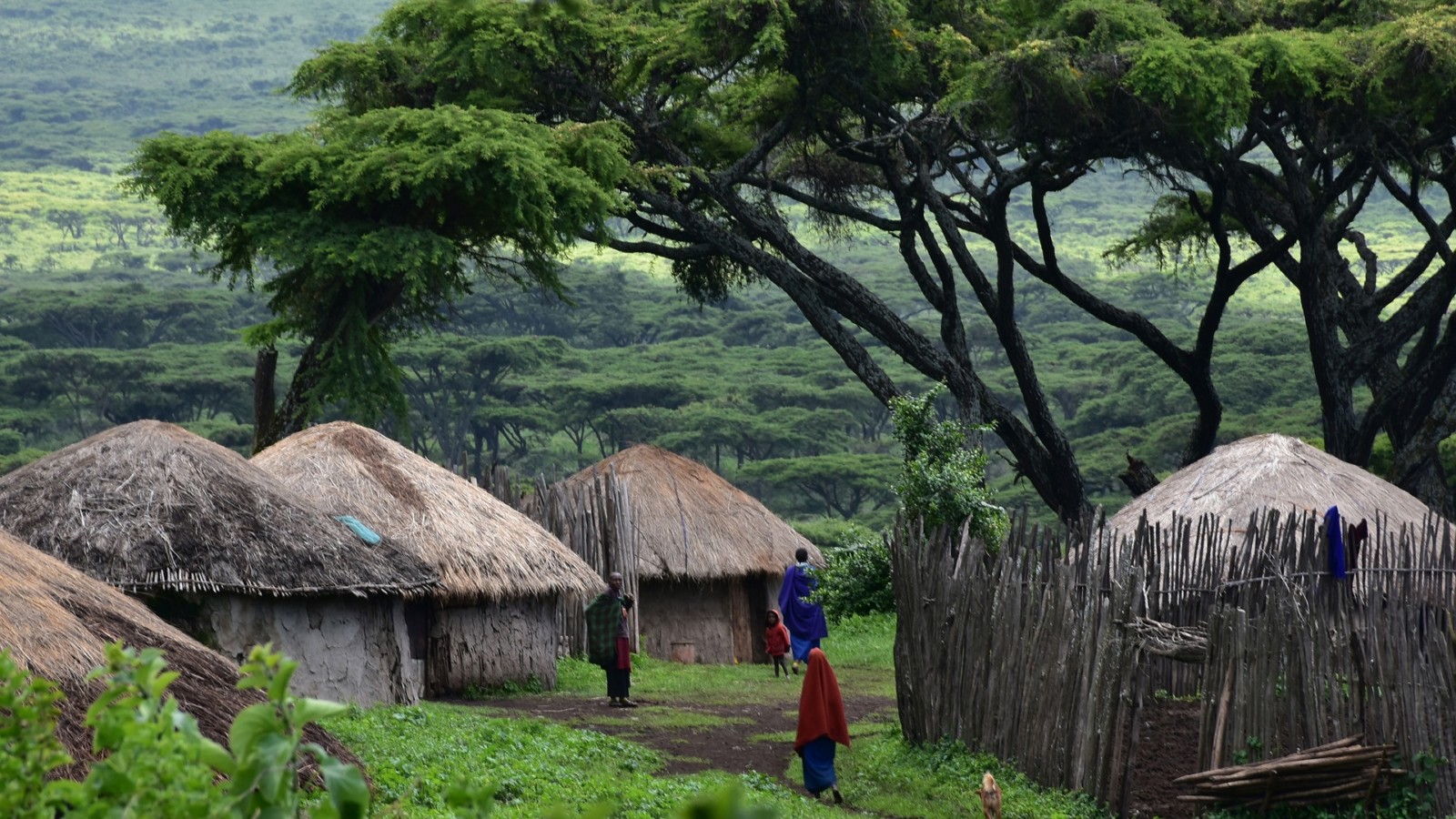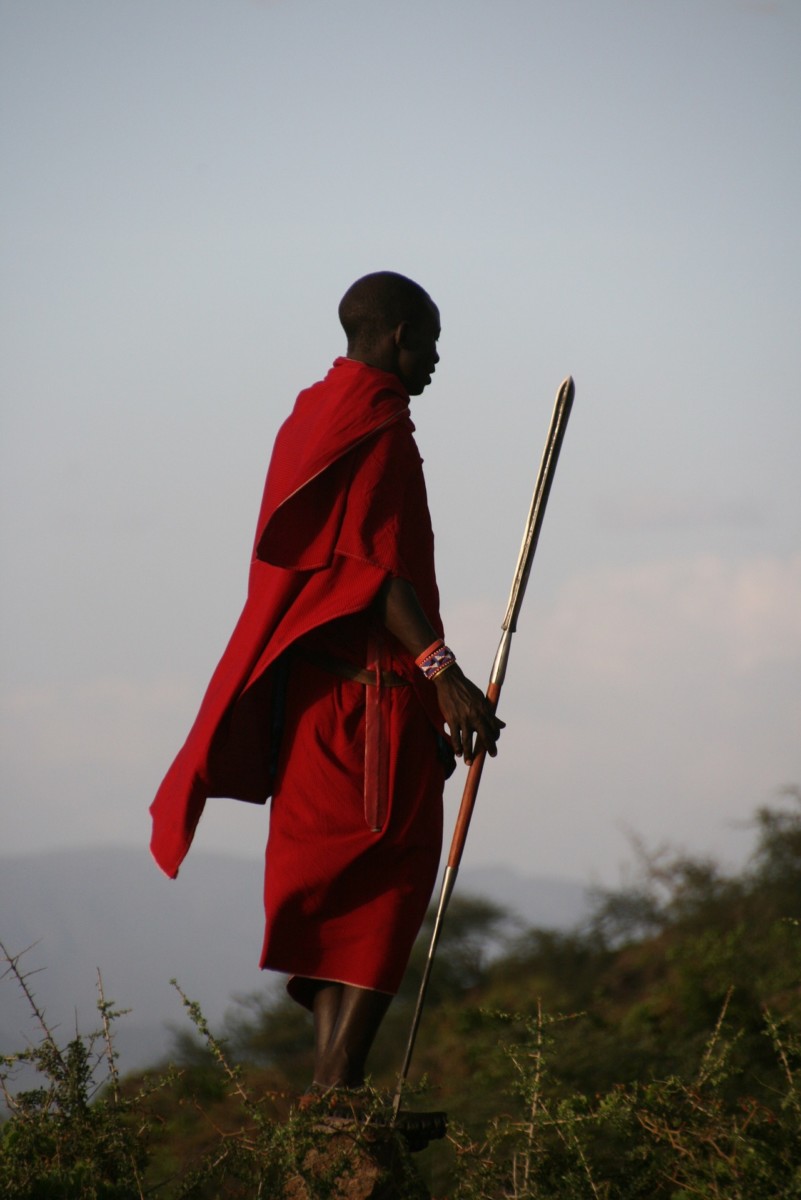If you’re interested in discovering the traditions and customs of the Masai people, you can volunteer in Tanzania or Kenya, where they predominantly live. There are many different programs in these two countries, such as sports, music, teaching, childcare, or medical programs. But if you want to learn about how the Masai tribe lives, you can join the Masai tribal immersion program in Tanzania. In this program, they will explain the customs and traditions of this people, and you’ll have the opportunity to live like them by staying and interacting with a Masai family in the village. You might also be interested in the Masai women’s program in Kenya, where you’ll help women in the village start or grow their businesses, while also getting to know their way of life.

The Masai people are known for the large ear piercings and their clothing in reddish tones, called “Masai shuka,” which is a fabric of different colors wrapped around the body. In the Masai language, this type of clothing is called “shuka,” meaning “body wrap.”
Currently, they number around 880,000 people, and their language is Maa, although many also speak Swahili and English. They are a semi-nomadic people who primarily rely on cattle, although some of their tribes also practice agriculture. According to their culture, owning many animals is a symbol of power, and they believe they are the owners of all the animals in the world. This belief stems from an ancient legend in which the Masai tribe’s god, Enkai, fathered three sons who became the fathers of three of Africa’s main tribes: the Kikuyu, the Kamba, and the Masai. Enkai allowed each son to choose an object as a gift.

The son representing the Kikuyu tribe chose a hoe, so his father showed him fertile lands to cultivate. The second son, the first individual of the Kamba tribe, chose a wooden bow, so Enkai taught him to hunt. Lastly, the third son and first Masai named Natero Kop chose a wooden staff. As their father valued animals greatly, he decided to give him all the herds in the world and taught him to herd them. For this reason, the Masai still believe that all animals belong to them and that they have a duty to protect them.
For the Masai, the cow is a sacred animal, as is the grass, because they believe everything surrounding this animal is sacred, including the lands where it grazes and the grass it eats.
The Masai live in circular houses made of mud bricks, twigs, straw, and animal dung. These materials are used to make the walls sturdy and waterproof. These houses are called “manyattas” and usually don’t have windows, although they have small holes for ventilation.
If you want to learn more about this tribe during your volunteer experience in Tanzania or Kenya, they will explain the most surprising secrets and stories and show you the details and characteristics of their way of life.




